Rainbow tetra - Nematobrycon lacortei
Scientific name: Nematobrycon lacortei
Common name: Rainbow tetra
Family: Characidae
Usual size in fish tanks: 3 - 4 cm (1.18 - 1.57 inch)
014
Recommended pH range: 6 - 7.2
Recommended water hardness: 4 - 17°N (71.43 - 303.57ppm)
0°C 32°F30°C 86°F
Recommended temperature range: 22 - 28 °C (71.6 - 82.4°F)
The way how these fish reproduce: Spawning
Where the species comes from: South America
Temperament to its own species: peaceful
Temperament toward other fish species: peaceful
Usual place in the tank: Middle levels
General Information
The Rainbow Tetra (Nematobrycon lacortei) is a small, peaceful characin endemic to western Colombia, with natural records from the Río San Juan system – notably the Río Calima. It inhabits slow, plant-rich tributaries with subdued light. Keep it in a proper shoal (≥6–8) to reduce intra-species sparring and to see confident, natural schooling behavior.
Food and Feeding
An unfussy micro-predator/omnivore. Offer quality flakes or micro-granules as a staple, and rotate live or frozen foods such as brine shrimp nauplii, daphnia, cyclops, and mosquito larvae for colour and condition. Feed small portions once or twice daily so all food is eaten within a few minutes to protect water quality.
Sexing
Males are usually slimmer, more intensely coloured, and have slightly longer dorsal/anal/caudal fins. A reliable cue is eye colour: males show red irises, while females are bluish-green. Juveniles resemble females until maturity.
Breeding
An egg-scattering spawner with no parental care. Use a separate dimly lit breeding tank with fine-leaved plants (e.g., Java moss) or spawning mops. Soft, slightly acidic water helps. Remove adults after spawning to prevent egg predation. Eggs hatch in ~24–36 hours; fry become free-swimming a few days later and should start on infusoria, then newly hatched brine shrimp.
Lifespan
Typically 3–5 years in stable, clean aquaria with a varied diet and low stress.
Tank Requirements & Water Parameters
- Minimum tank length: 60–75 cm (24–30″) for a shoal; larger footprints improve stability and schooling.
- Temperature: 22–28 °C (71.6–82.4 °F).
- pH: ideally slightly acidic to neutral (≈6.0–7.0).
- Hardness: soft to medium.
- Environment: dark substrate, plenty of live plants (including floaters) to diffuse light, leaf-litter/tannins, gentle filtration (filter) and calm flow.
- Maintenance: weekly 25–30% water changes; avoid parameter swings.
Compatibility & Tank Mates
Peaceful shoaler suited to quiet community tanks. Combine with similarly sized, non-aggressive species (small rasboras/tetras, Corydoras, small peaceful dwarf cichlids). Avoid long-finned or very slow fish if males display fin-nipping, and avoid large or predatory species.
Behaviour & Usual Place in the Tank
Mid–upper water column: active shoalers that spend most time in the middle of the tank, often venturing upward among plants. Provide open lanes through vegetation for natural “glide and shimmer” movement.
Short Description
Rainbow Tetra (Nematobrycon lacortei) is a Colombian endemic, best in soft, slightly acidic, planted aquaria with subdued light. Keep in groups, feed varied small foods, and expect striking coloration with stable, clean water.
Q&A
- How do I sex them? Males have red eyes, extended fins, and stronger colours; females show bluish-green eyes and deeper bellies.
- Top, middle, or bottom? Mostly mid–upper levels among plants; not a bottom sitter.
- Minimum group size? Keep at least 6–8; larger groups (10 ) spread any male sparring and look more natural.
Pictures
Bought by aqua-fish.net from jjphoto.dk.
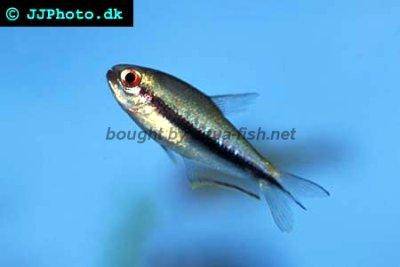


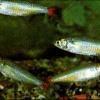 Bloodfin
Bloodfin 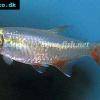 Bloodfin
Bloodfin 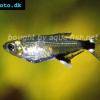 Panda
Panda 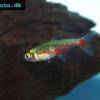 Green
Green 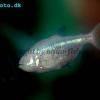 Blind
Blind 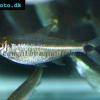 Kennedy
Kennedy 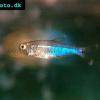 Blue
Blue 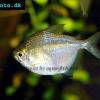 Discus
Discus 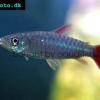 Pink
Pink 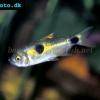 Bucktoothed
Bucktoothed 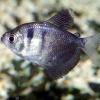 Black
Black 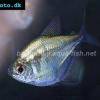 False
False 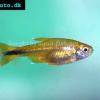 Silver
Silver  Hemigrammus
Hemigrammus 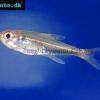 Dash-dot
Dash-dot 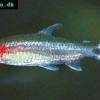 Rummy
Rummy 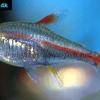 Glowlight
Glowlight 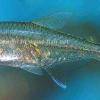 January
January 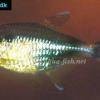 Head
Head 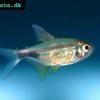 Garnet
Garnet 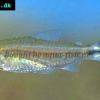 Rummy
Rummy 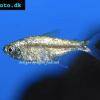 Gold
Gold 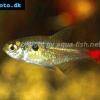 Red
Red 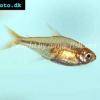 Ember
Ember 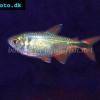 Buenos
Buenos 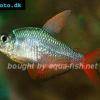 Colombian
Colombian 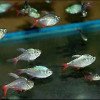 Ecuador
Ecuador 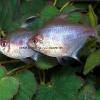 Bleeding
Bleeding 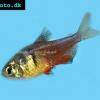 Flame
Flame 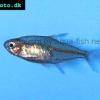 Georgett’s
Georgett’s 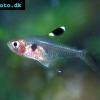 Griems
Griems 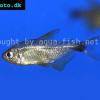 Kitty
Kitty 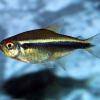 Black
Black 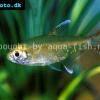 Firefin
Firefin 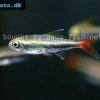 Loreto
Loreto 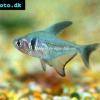 Black
Black 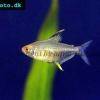 Lemon
Lemon 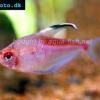 Redback
Redback 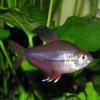 Rosy
Rosy 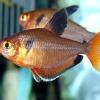 Serpae
Serpae 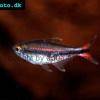 Savanna
Savanna 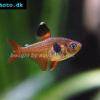 Red
Red 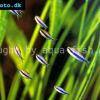 Blue
Blue 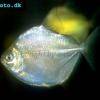 Silver
Silver 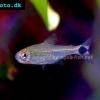 Ceros
Ceros 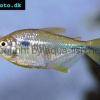 Napo
Napo 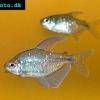 Diamond
Diamond 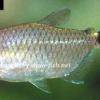 Red
Red 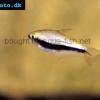 Emperor
Emperor 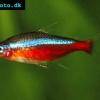 Cardinal
Cardinal 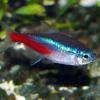 Neon
Neon 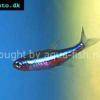 Green
Green 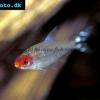 False
False 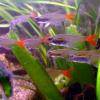 Glass
Glass 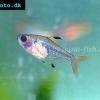 X-ray
X-ray 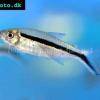 Penguin
Penguin